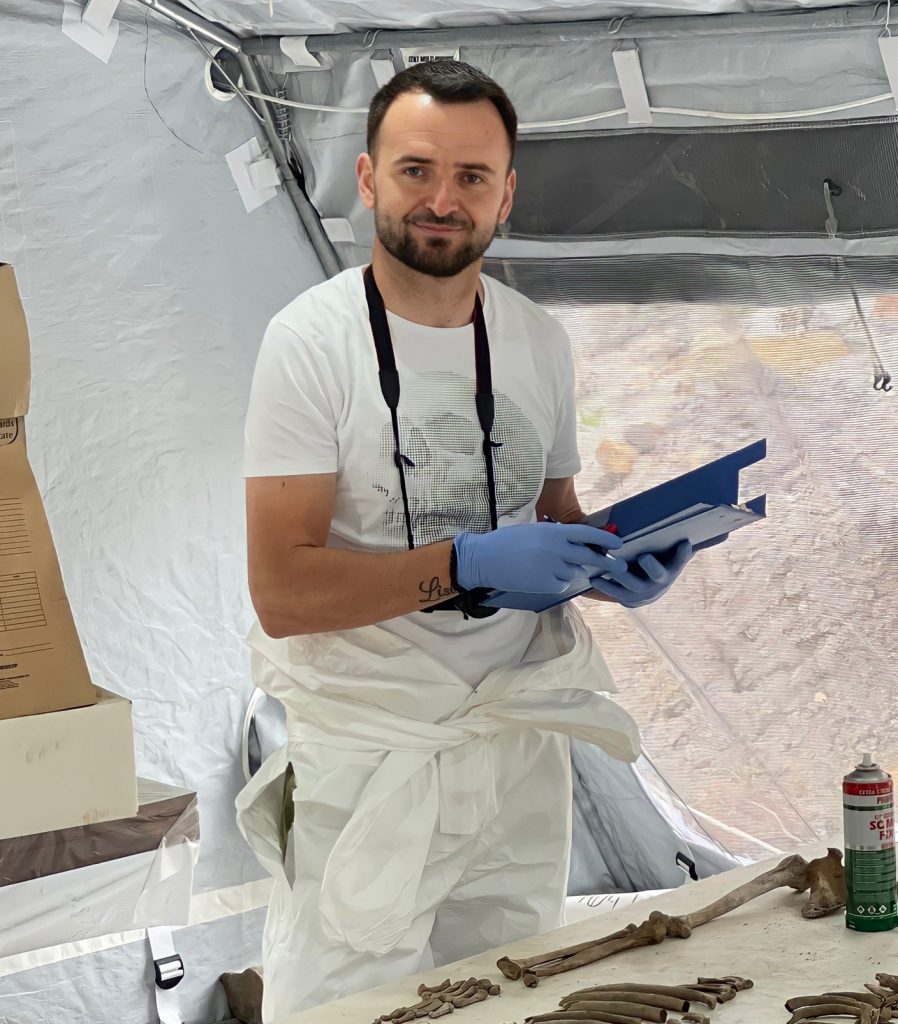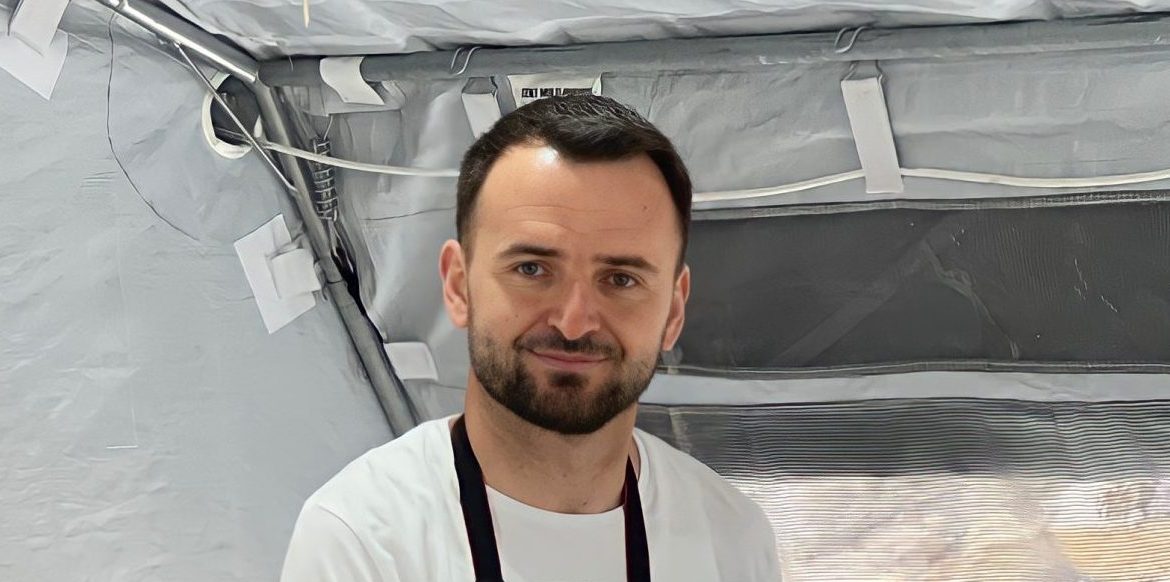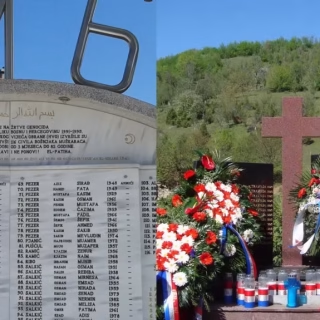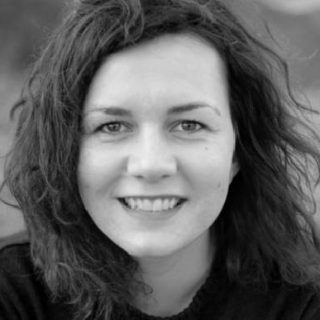Whether at a crime scene, on a chair, or at the computer, forensic examiners, who have examined the persons murdered in Kosovo and in other countries, were exposed to the experience of atrocities and have testified about those. They have identified the missing, helping connect their remains with the families. They have used examinations as a tool for criminal justice, while also bearing the burden of their work. Four of them who have worked in Kosovo tell their stories: Valon Hyseni, Robert McNeil, Luísa Marinho and Javier Santana. A blog series by Serbeze Haxhiaj.
Valon Hyseni: Hidden bodies call to you
Valon Hyseni recounts how throughout the years, his job as a forensic expert has changed some of his traits, and has further heightened his sensitivity towards things that surround him.
Throughout his career, as a medical examiner, he has seen how case by case, the suffering of those who died violently weighs upon his being.
Until he became part of the search teams for the missing from the war in Kosovo, Hyseni had not known that ethnicity was also a large part of how examination and identified are experienced. “When you do this job, you focus on your task. However, when you see the atrocities committed against the victims, and when they lay hidden in their land, ethnicity has its weight too,” he says.

“They will not be able to tell how they were murdered, or the sufferings they went through. We examine that.” he says.
At the grave sites and at the examination table, forensic examiners like Hyseni come up with the same scientific results of autopsies. Yet, in their imagination about the victims, perpetrators often parade nearby, in the vicinity of the sites where the bodies of the missing were hidden for decades. “Often, police officers or others nearby appear as the perpetrators to us, like the ones who knew those bodies were there,” says Hyseni.
He says that the victims they examine will not be able to say how they were murdered, or to describe the suffering until the end. “We are their voice,” he says. “The graves accuse through their remains.”
The hardest part for him was to examine the bodies or remains of children. “When I am dealing with children, it is hard to bear. I always make some connection with my children,” says Hyseni.
Many civilians murdered in Kosovo are still in hidden gravesites in Serbia, in their second or third site, depending on how many times their bodies were buried and unburied, mainly during the spring of 1999.
Hyseni says that in the course of his experience as a forensic expert, Kiževak in Serbia is a symbol of both at the same time: of the method how to conceal a crime by burying them deep, and of the persistence of the Kosovo teams to conduct searches in that area.
“We conducted searches for five years. Five years of battle to continue with the search and under pressure to give up,” says Hyseni.
“We would not give up because that site drew us. It felt as we were being called by the remains of the victims,” he recounts. “When we found the first remains, I cried of joy.”
Hyseni tells of a part of the psychological burden of this work, about which medical examiners usually undergo regular psychological consultations, a service that the Kosovo Institute is unable to provide to its staff.
“At the beginning, it was hard to sleep. Over time, I got used to it,” he says. “It is as if a bucket fills up and you cannot open it.”
Clothes and other personal items extracted from the mass graves, the majority bearing visible bullet holes, have taken a toll on their emotions. “The missing person that their relatives are looking for, once found and identified, joins the person who remained in the memory and imagination of their relatives. Yet, the clothes have a heavy weight,” he says.
Hyseni says that another dimension of uncovering the fate of the missing is the power of clothes, which, after being used to identify the person, are separated from the owners. “They (the clothes) bring a weird sensation, a totally different emotion than the one caused by the ones – and not only for the family members,” says Hyseni. “The clothes have this luring quality, and symbols of the efforts to make the dead disappear.”
In an effort to lose traces, in many cases after the massacres were committed, the Serbian forces used Roma workers of the municipal cleaning companies to exhume the murdered, load them into trucks, and spread them around different gravesites in Kosovo and Serbia. “This has rendered the process of their identification very complicated,” says Hyseni.
However, he says that finding and identifying them does not bring that much of peace. “It is heartrending that perpetrators never face the trial. What we do, is only one part.”




